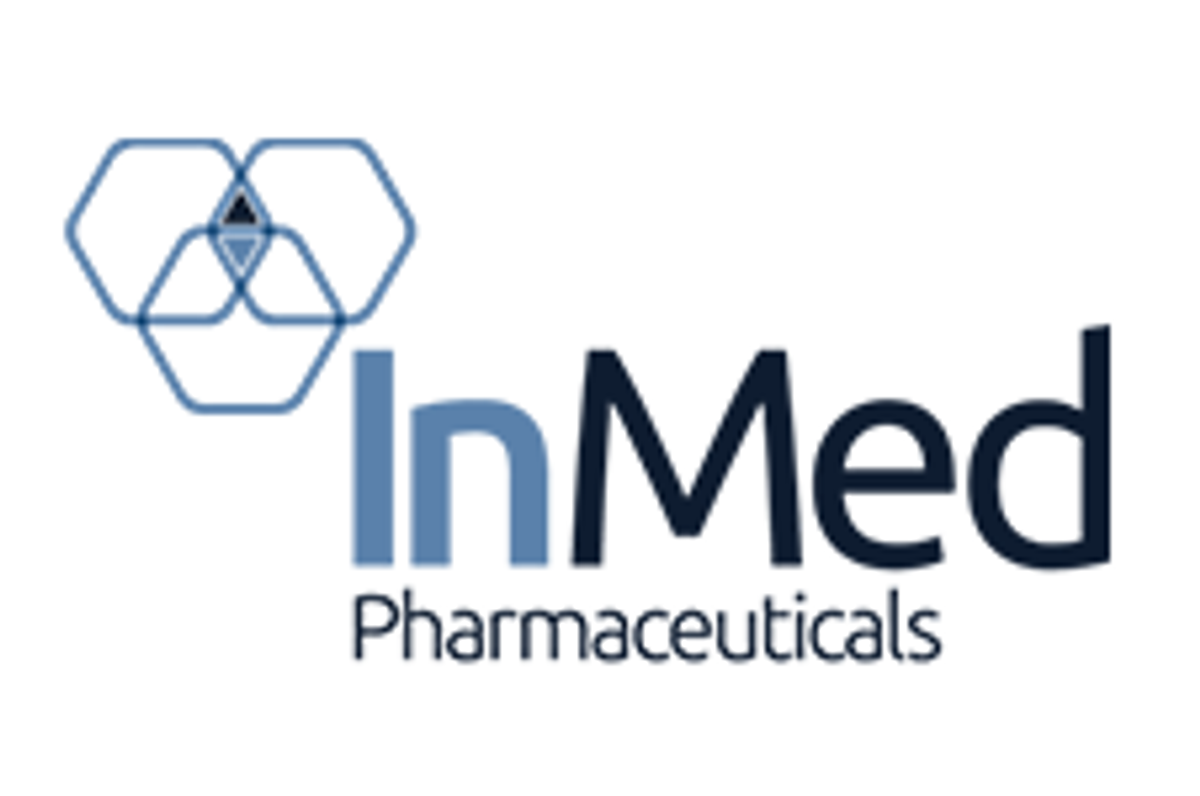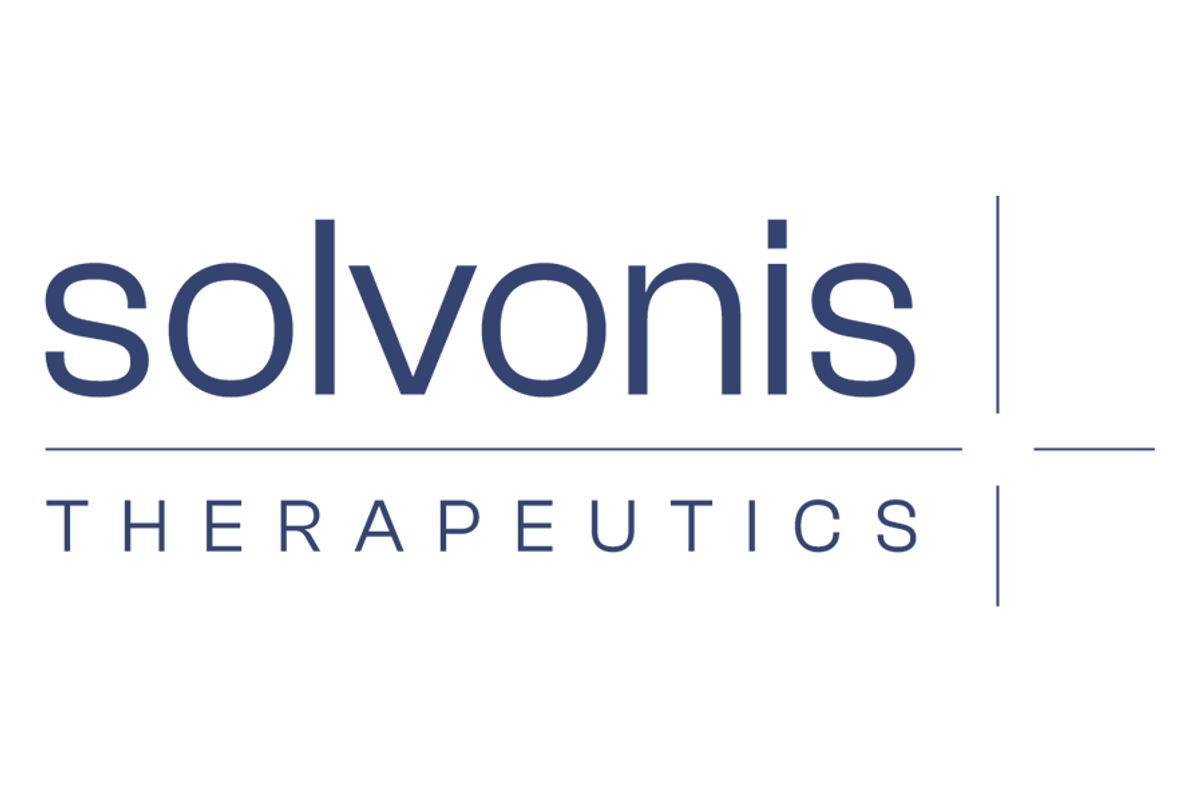ERAS-007, a potential best-in-class ERK1/2 inhibitor, will be evaluated in combination with encorafenib and cetuximab in patients with BRAF V600E-mutant metastatic colorectal cancer (mCRC)
HERKULES-3 CRC Phase 1b/2 trial initiation expected in H2 2021
Erasca, Inc. (Nasdaq: ERAS), a clinical-stage precision oncology company singularly focused on discovering, developing, and commercializing therapies for patients with RASMAPK pathway-driven cancers, today announced a clinical trial collaboration and supply agreement with Pfizer Inc. (NYSE: PFE) for the BRAF inhibitor encorafenib (BRAFTOVI ® ).
This agreement will support a clinical proof-of-concept study evaluating ERAS-007, an oral ERK1/2 inhibitor, in combination with encorafenib and the EGFR inhibitor cetuximab for the treatment of patients with BRAF V600E-mutant mCRC. This combination will be investigated as part of the Phase 1b/2 HERKULES-3 trial expected to initiate in the second half of 2021. Erasca will sponsor the study, and Pfizer will supply encorafenib. The two companies will form a Joint Development Committee to review the clinical trial results.
"We are excited to work with Pfizer to explore this promising combination in colorectal cancer," said Jonathan E. Lim, M.D., Erasca's chairman, CEO, and co-founder. "MAPK signaling is constitutively activated in patients with BRAF V600E mutations, who often have a poor prognosis. Combining upstream EGFR inhibition, midstream BRAF inhibition, and downstream ERK inhibition fits squarely within Erasca's strategies to erase cancer and has potential to limit pathway reactivation, offering the therapeutic potential to comprehensively shut down the RAS/MAPK pathway in this tumor type."
Worldwide, approximately 1.8 million cases of CRC are diagnosed annually, with BRAF V600E mutations occurring in approximately 10% of these patients. The combination of encorafenib and cetuximab was approved in April 2020 for previously treated patients with BRAF V600E-mutant mCRC. The combination demonstrated improved overall survival compared to the chemotherapy control arm; however, only 20% of patients experienced an objective response, and the progression-free survival was approximately four months. Therefore, emergence of resistance is a major therapeutic barrier to long-term clinical benefit. Erasca is exploring whether ERK inhibition with ERAS-007 in combination with encorafenib plus cetuximab can reduce the emergence of resistance and further improve treatment benefit for patients with BRAF V600E-mutant mCRC.
About ERAS-007
ERAS-007 is a potential best-in-class ERK1/2 inhibitor being investigated alone or in combination with different inhibitors targeting upstream nodes of the MAPK pathway as part of Erasca's MAPKlamp strategy. The extracellular signal-regulated kinases (ERK), ERK1 and ERK2, belong to a family of serine-threonine kinases that regulate cellular signaling and comprise the terminal node of the RAS/MAPK pathway. ERAS-007 is being investigated across a series of four HERKULES clinical trials that span multiple tumor types and includes both monotherapy and combinations with approved and investigational agents, such as RTK, SHP2, RAS, RAF, and/or cell cycle inhibitors. HERKULES-1 is a Phase 1b/2 clinical trial for ERAS-007 as a single agent and in combination with the SHP2 inhibitor ERAS-601 (together, Erasca's first MAPKlamp) in advanced solid tumors. HERKULES-2 is a Phase 1b/2 clinical trial for ERAS-007 in combination with various agents in patients with non-small cell lung cancer. HERKULES-3 is a Phase 1b/2 clinical trial for ERAS-007 in combination with various agents in patients with gastrointestinal cancers. HERKULES-4 is a Phase 1b/2 clinical trial for ERAS-007 in combination with various agents in patients with hematologic malignancies.
About Erasca
At Erasca, our name is our mission: To eras e ca ncer. We are a clinical-stage precision oncology company singularly focused on discovering, developing, and commercializing therapies for patients with RAS/MAPK pathway-driven cancers. Our company was co-founded by leading pioneers in precision oncology and RAS targeting to create novel therapies and combination regimens designed to comprehensively shut down the RAS/MAPK pathway for the treatment of cancer. We have assembled what we believe to be the deepest RAS/MAPK pathway-focused pipeline in the industry. We believe our team's capabilities and experience, further guided by our scientific advisory board which includes the world's leading experts in the RAS/MAPK pathway, uniquely position us to achieve our bold mission of erasing cancer.
Cautionary Note Regarding Forward-Looking Statements
Erasca cautions you that statements contained in this press release regarding matters that are not historical facts are forward-looking statements. The forward-looking statements are based on our current beliefs and expectations and include, but are not limited to: our expectations regarding the potential therapeutic benefits of our product candidates, including ERAS-007 and ERAS-601; our beliefs regarding market sizes and opportunities; and the planned advancement of our development pipeline, including the clinical development plans and anticipated trial start dates for each of the HERKULES series of trials. Actual results may differ from those set forth in this press release due to the risks and uncertainties inherent in our business, including, without limitation: our approach to the discovery and development of product candidates based on our singular focus on shutting down the RAS/MAPK pathway, a novel and unproven approach; delays in our preclinical and clinical development programs; our dependence on third parties to conduct manufacturing, research, and preclinical and clinical testing; unexpected adverse side effects or inadequate efficacy of our product candidates that may limit their development, regulatory approval, and/or commercialization, or may result in recalls or product liability claims; unfavorable results from preclinical studies or clinical trials; results from preclinical studies or early clinical trials not necessarily being predictive of future results; regulatory developments in the United States and foreign countries; our ability to obtain and maintain intellectual property protection for our product candidates and maintain our rights under intellectual property licenses; our ability to fund our operating plans with our current cash, cash equivalents, and investments; our ability to maintain undisrupted business operations due to the COVID-19 pandemic; and other risks described in our prior filings with the Securities and Exchange Commission (SEC), including under the heading "Risk Factors" in our most recent quarterly report on Form 10-Q and any subsequent filings with the SEC. You are cautioned not to place undue reliance on these forward-looking statements, which speak only as of the date hereof, and we undertake no obligation to update such statements to reflect events that occur or circumstances that exist after the date hereof. All forward-looking statements are qualified in their entirety by this cautionary statement, which is made under the safe harbor provisions of the Private Securities Litigation Reform Act of 1995.
Contact:
Joyce Allaire
LifeSci Advisors, LLC
jallaire@lifesciadvisors.com






